40 Surprising Rules the Royal Children Have to Follow
They may be heirs to the throne, but there are still a lot of ground rules.
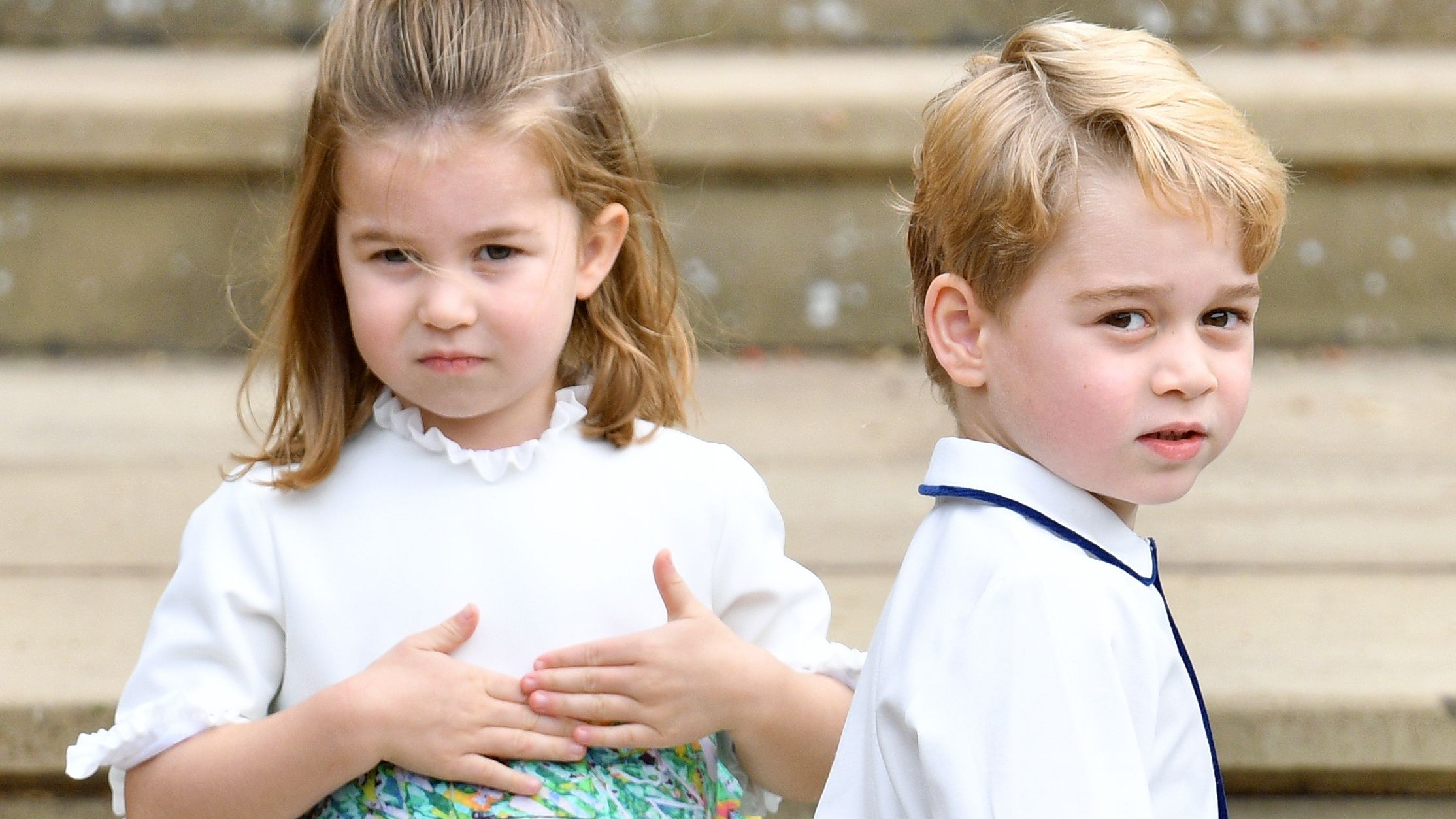

Being a member of the British Royal family comes with its fair share of pomp, circumstance, and protocol—and that extends to even the youngest of the Windsors. As junior royals, George, Charlotte, and Louis are growing up in the spotlight with their own set of rules. From wardrobe choices to attending royal events, here are the dos and don'ts for royal children.
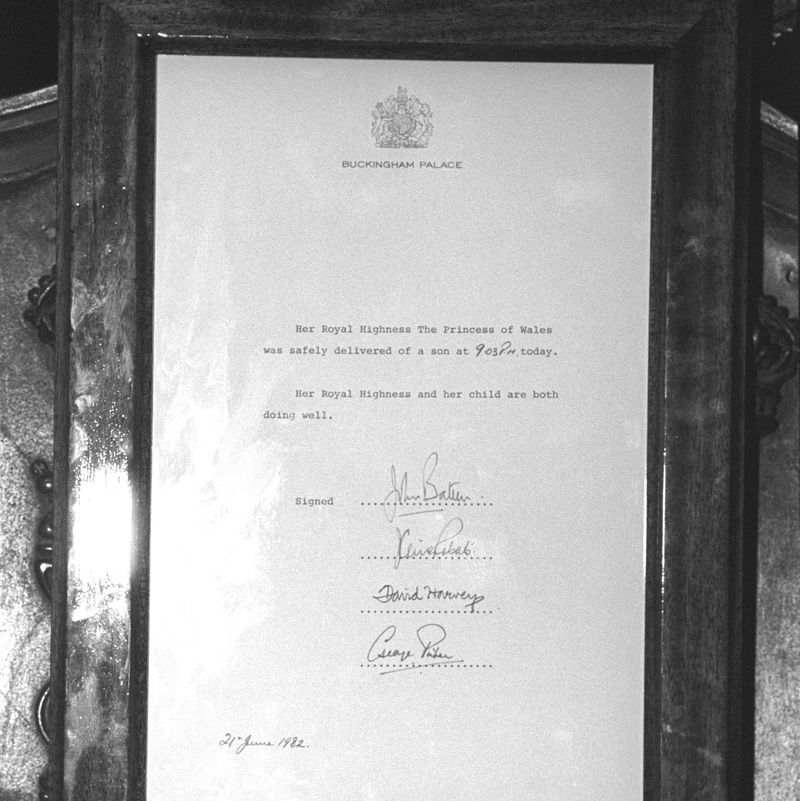
Their birth must be announced to the public.
Royal children have to follow protocol even before they're born! Per tradition, after the birth of a new royal baby, a sign with the gender and time of delivery is displayed outside of the Buckingham Palace gates announcing the news.
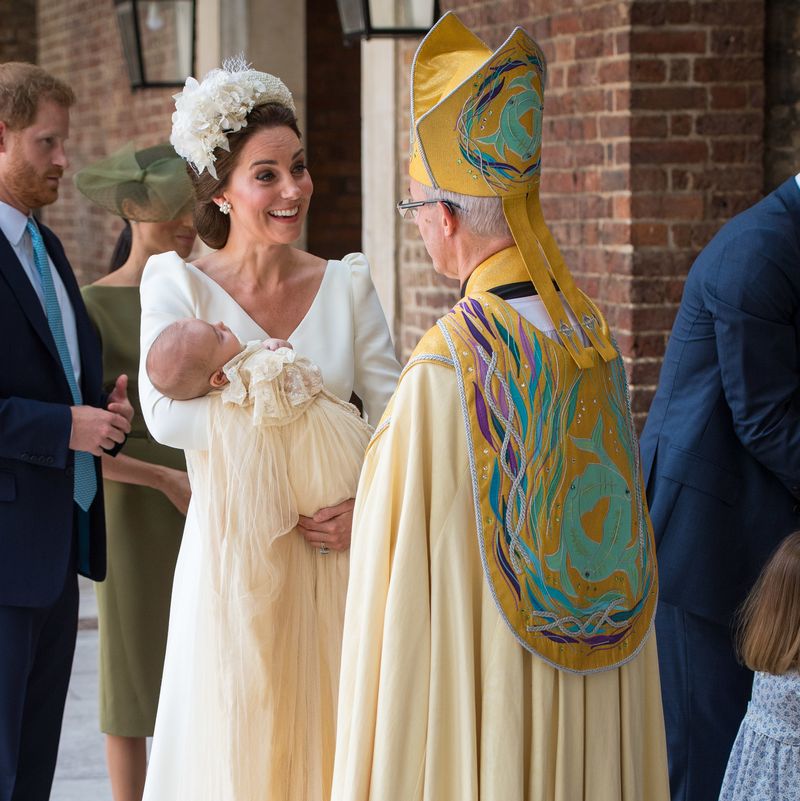
They have to be baptized.
Queen Elizabeth II is the head of the church and, as such, all of the members of her family must be baptized—even Meghan Markle was anointed before her 2018 wedding. The ceremony is overseen by the Archbishop of Canterbury and features Holy Water from the Jordan River.
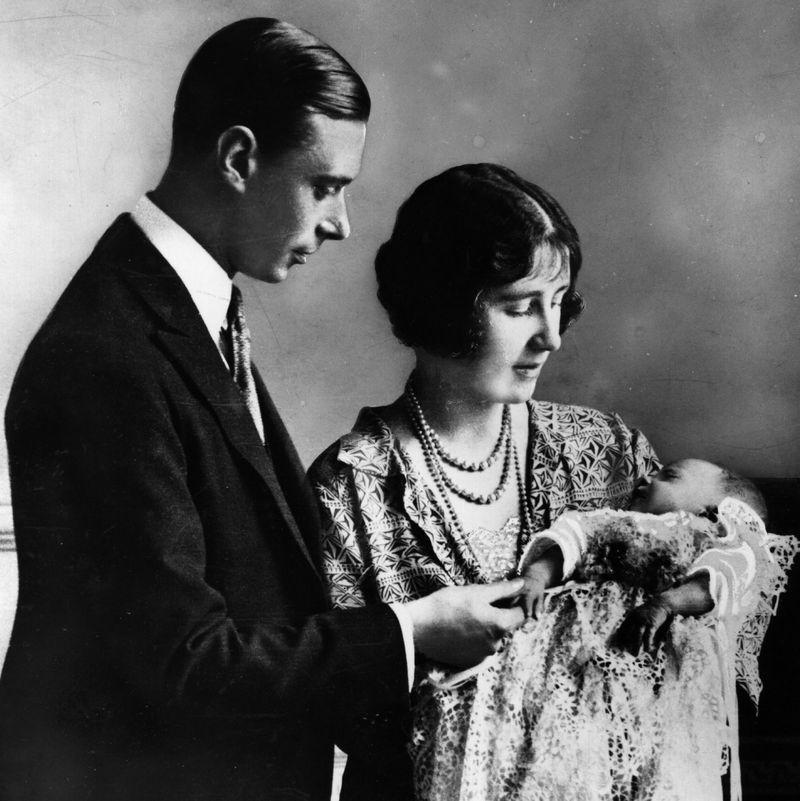
They must wear the Honiton christening gown.
The Honiton christening gown was commissioned by Queen Victoria for her first child's christening and has been worn by every member of the royal family since. The latest of the clan to don the gown was Archie Harrison Mountbatten-Windsor, but he wore a replica because the original is too fragile to wear anymore.
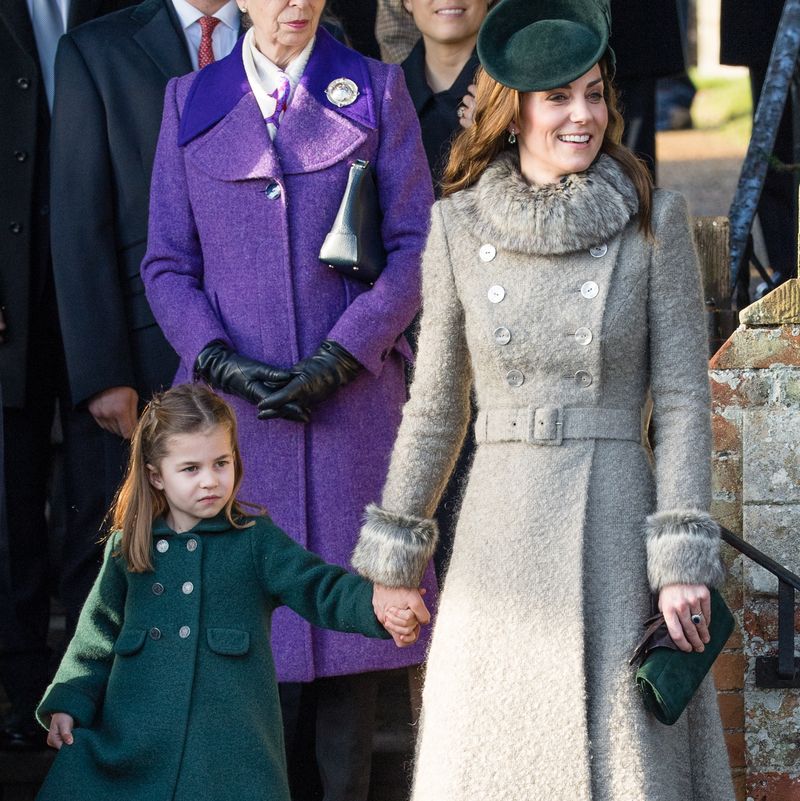
They must curtsy to the Queen.
Royal protocol states that women in the royal family must curtsy upon the first time seeing the Queen on any given day. Based on Princess Charlotte's adorable display on Christmas morning this past year, it seems like there's no age minimum on this formality.
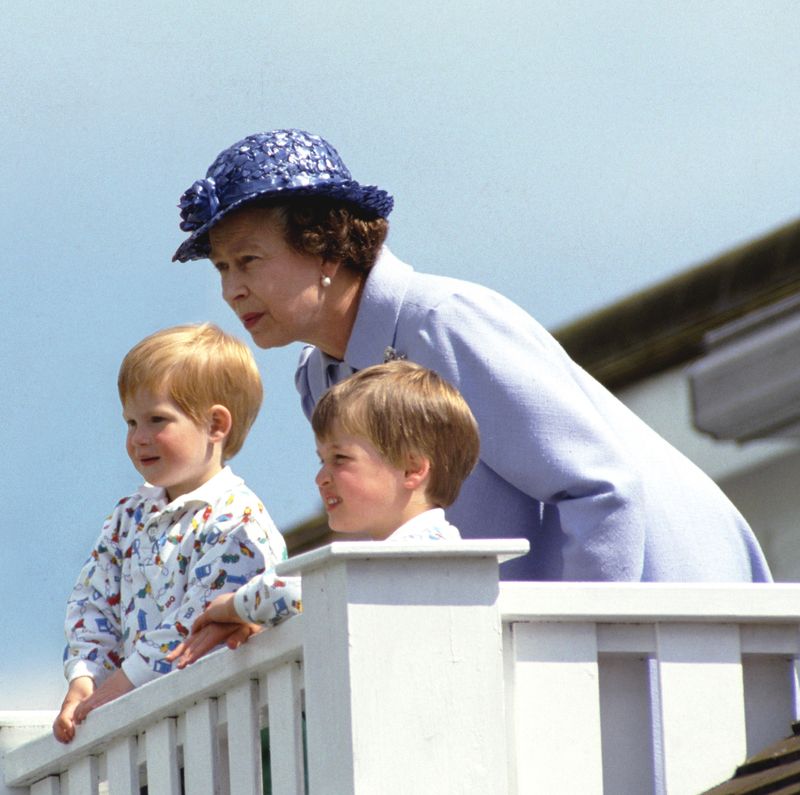
They can't call the Queen Grandma.
Don't worry, she doesn't make her grandchildren or great-grandchildren call her Your Royal Highness. To them, she's simply "Granny" or "Gan-Gan." According to the DailyMail, Prince William even used to refer to the monarch as "Gary"—here's hoping that's still in rotation.
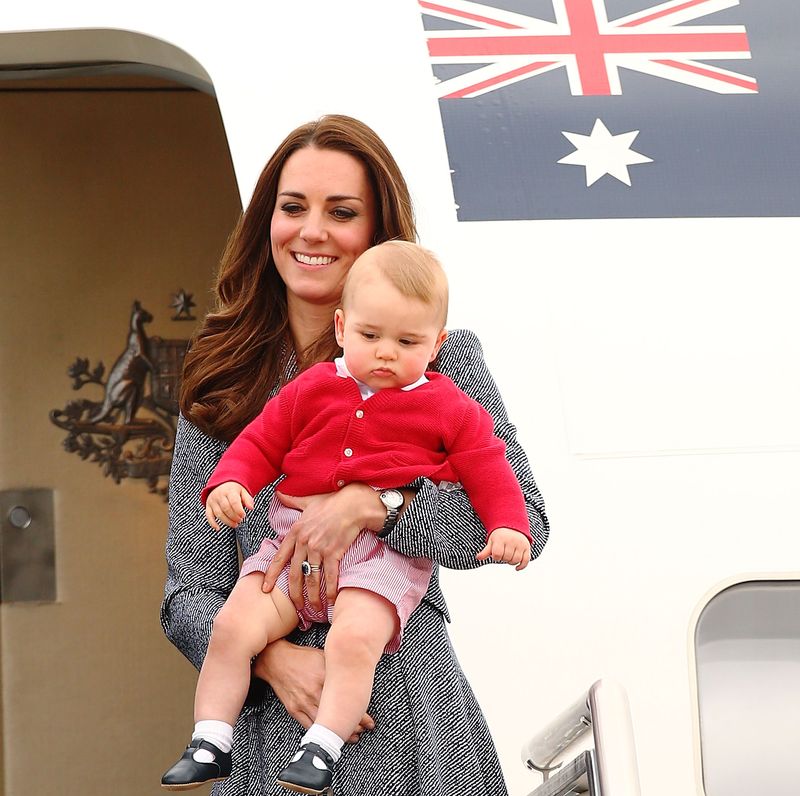
They must have a passport.
While it's pretty rare for newborn babies to travel abroad, royal babies are a little bit different and need to be ready to travel internationally at any moment. That's why, as soon as they're born, they're issued a passport.
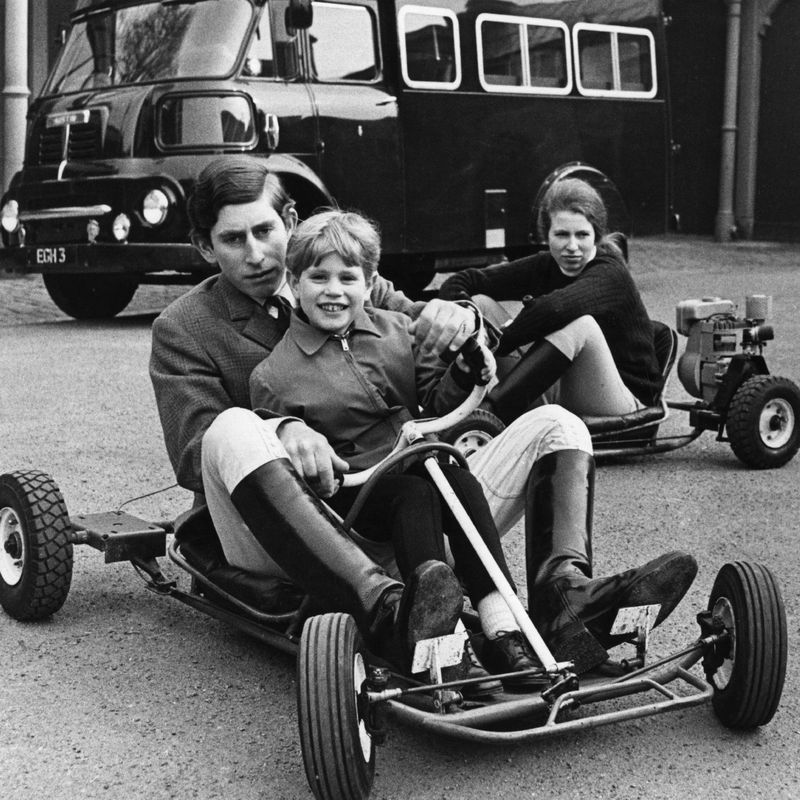
They have to (eventually) get a driver's license.
The Queen is the only person in the United Kingdom who is allowed to drive a car without a driver's license, so even George will have to take his driving test (and pass!).
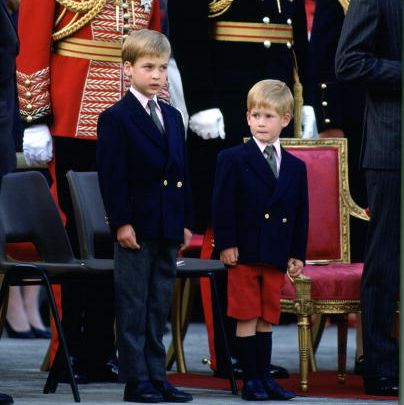
They have to attend royal engagements.
From a very young age, royal children are taught how to behave at public engagements. Although they're not full-time working royals yet, they attend engagements throughout the year, like family services, such as christenings or weddings, and more public events, like the Queen's birthday ceremony, Trooping the Colour.
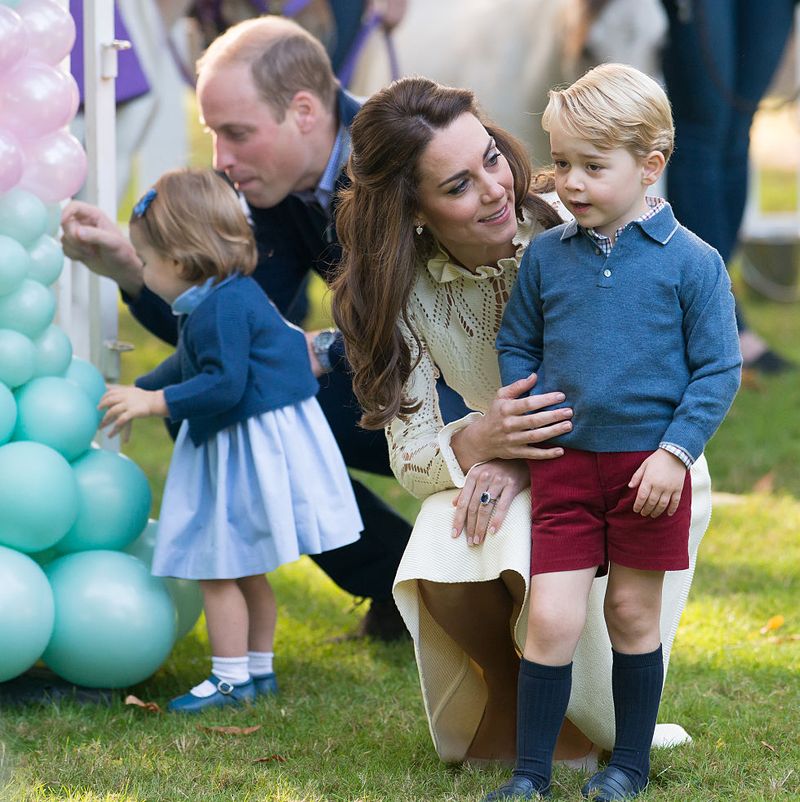
They have to go through etiquette training.
Royal children attend etiquette training "as soon as they're old enough to sit at a table," according to etiquette expert Myka Meier. "They are raised having formal meals, going to formal events and practicing everything from voice levels to dressing appropriately to even, of course, how to curtsy and bow," she told People.
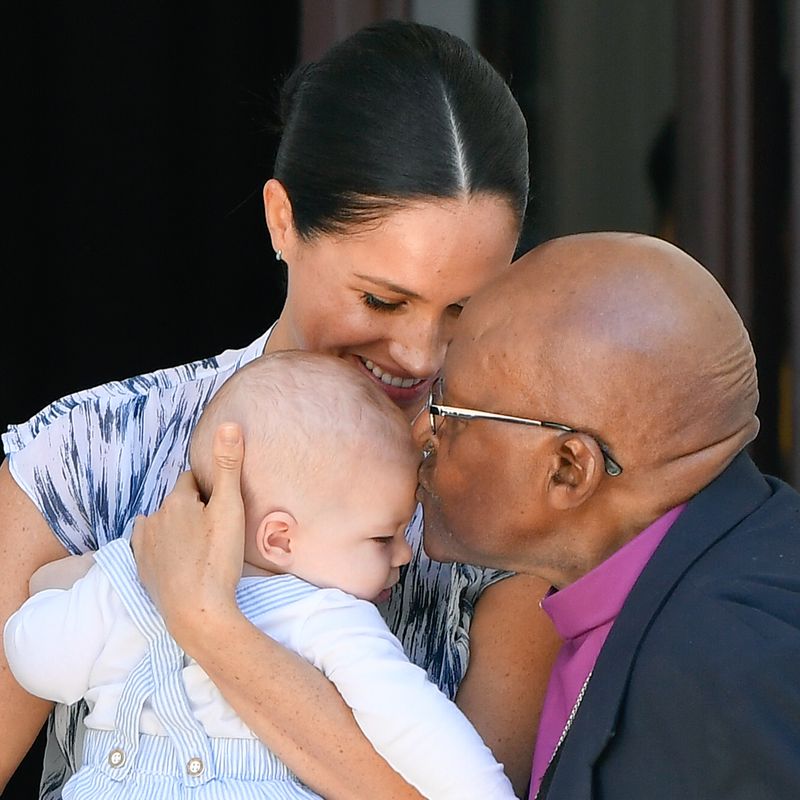
They have to join their parents on royal tours.
There's no rule around age here—if their parents are set to go on a royal tour, the kids will go too. Archie joined his parents on their South African tour at just four months old.
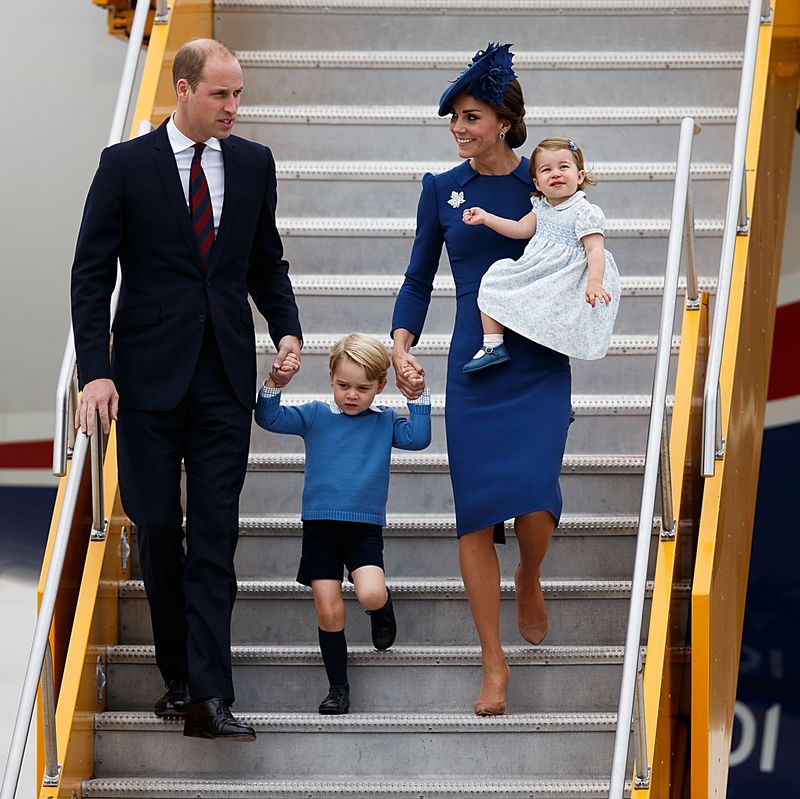
Two heirs can't travel together.
In order to preserve the line of succession, no two heirs can travel by plane together—unless the Queen grants permission. An understandable rule, if you ask us.
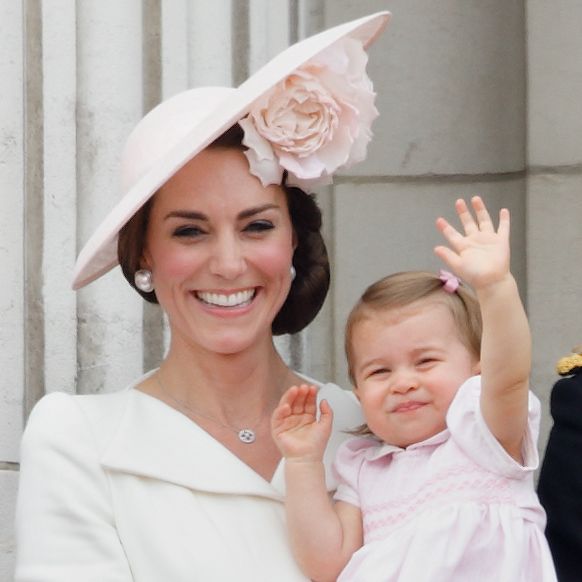
They greet the public with a royal wave.
The "Windsor wave" is the royal family's fallback at public appearances, so naturally their children learn it at a very young age. Here, Princess Charlotte has it down pat as she greets her subjects from the Buckingham Palace balcony.
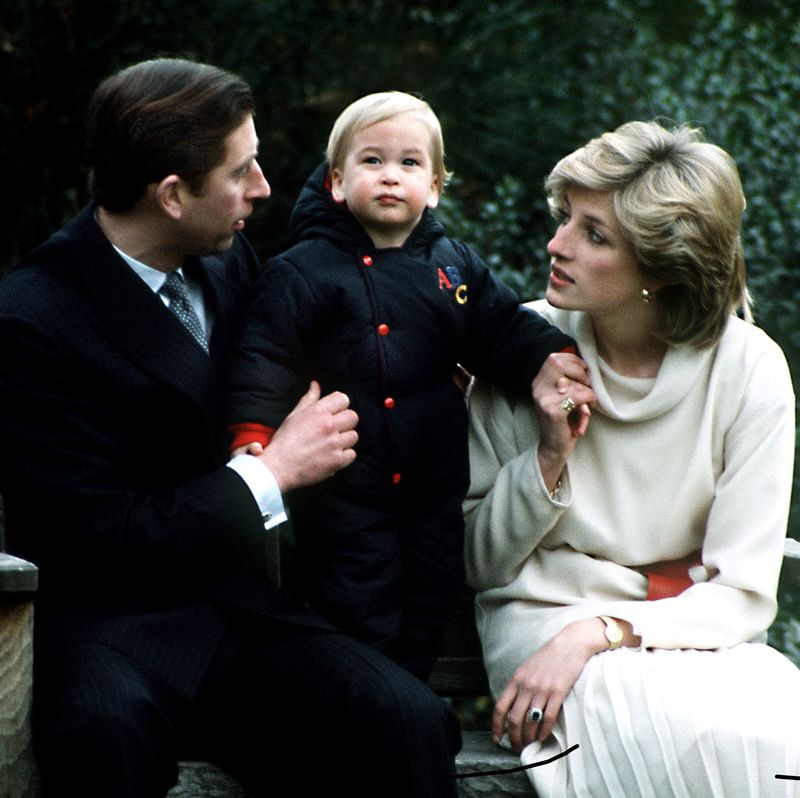
They (usually) learn a second language.
Most members of the royal family are taught a second language as children—Queen Elizabeth, Prince Charles, and Prince William are all fluent in French! The tradition still stands, as the Duchess of Cambridge began teaching her children Spanish when Prince George was just two years old.
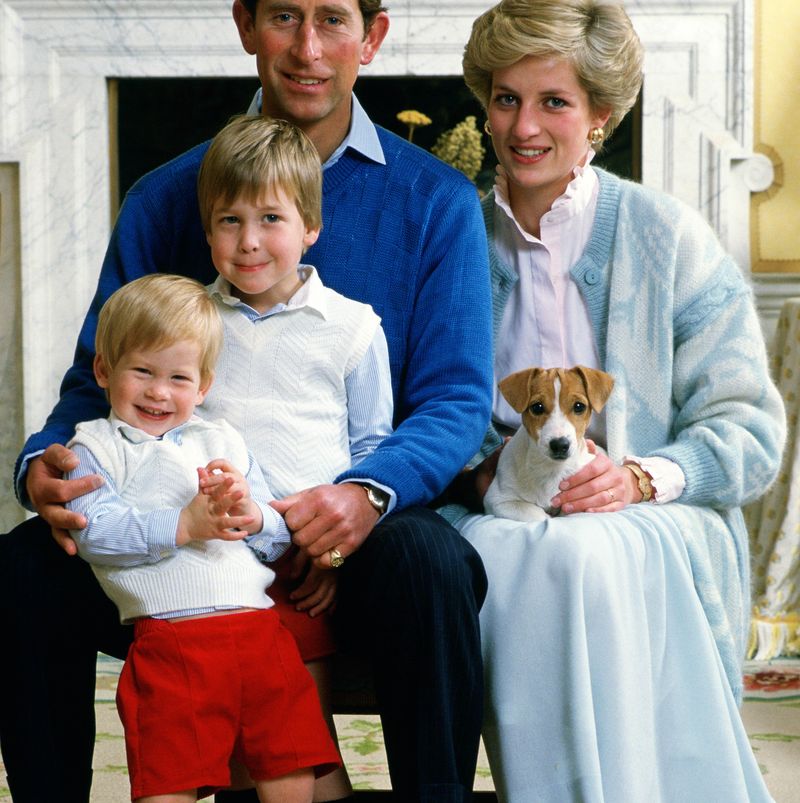
Boys should wear shorts...
There are quite a few fashion restrictions on royal children, but the strangest is that young boys are expected to wear shorts in public. This rule is founded on the notion that pants for young boys used to be viewed as middle class (gasp!).
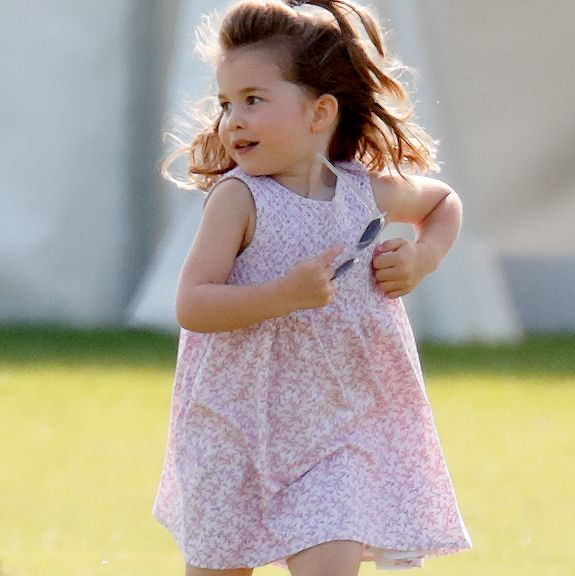
...And girls should wear dresses.
The royal family leans towards dresses for young girls—a tradition that is traced back to the Queen's own daughter, Princess Anne. "They tend to wear smocked dresses as little girls when they are in public with their parents," royal expert Marlene Koenig told Harper's Bazaar.
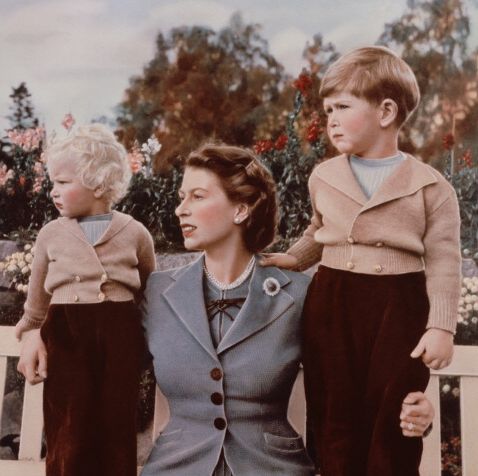
Siblings tend to match in public.
Back in the day, young princes and princesses were known to wear complimentary outfits when carrying out public engagements with their parents. However, based off of our family photo albums, it's fair to note that MOST parents abide by this rule.
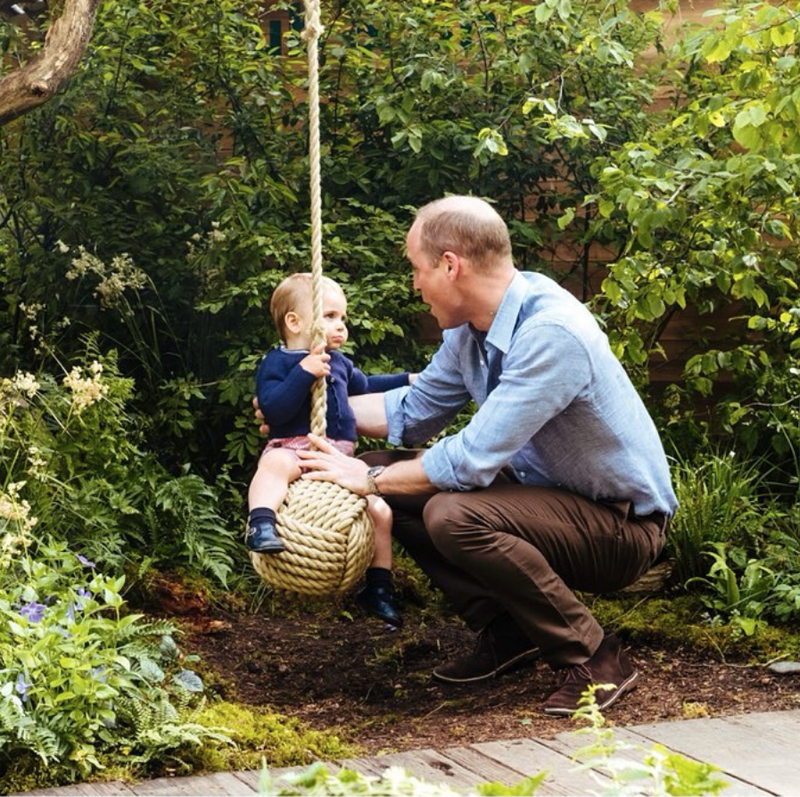
Playing outside is encouraged.
Since the Duchess of Cambridge champions a number of causes that help children develop an appreciation for the outdoors, it's no surprise she encourages her own kids to spend time in nature.
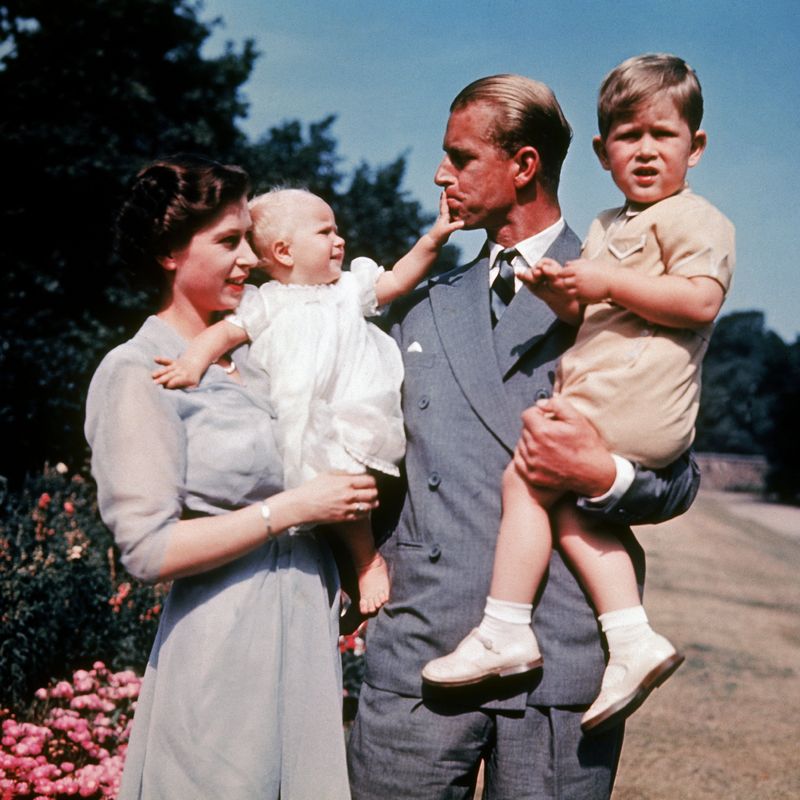
They don't eat baby food.
Royal babies doesn't eat canned baby food. After all, they have a kitchen full of private chefs. Former royal chef Darren McGrady revealed that he made Prince William and Prince Harry some of their first meals, which often consisted of steamed apples and pears.
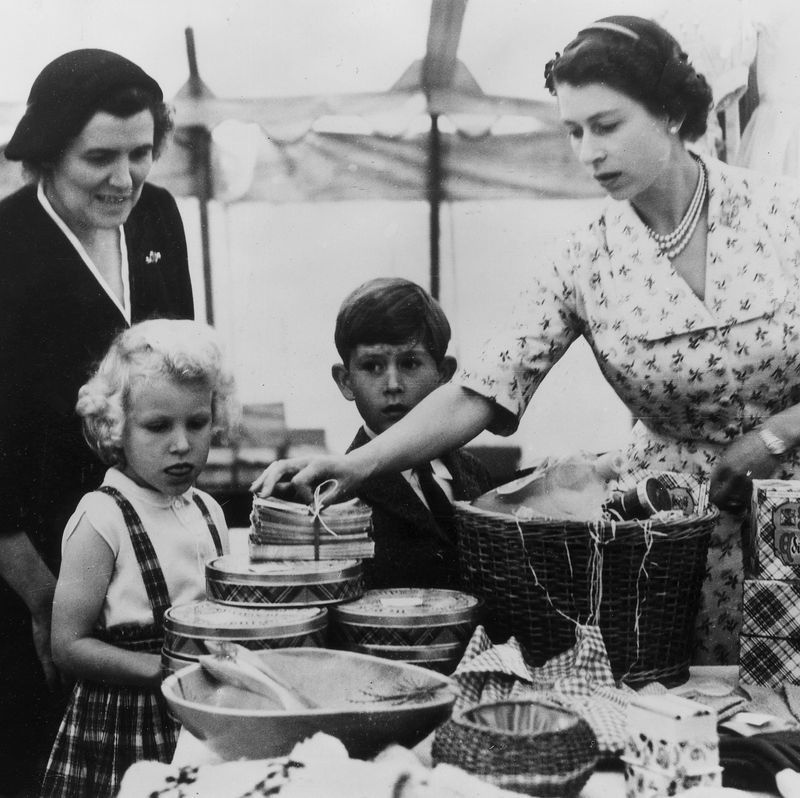
Shellfish is off the table.
The entire royal family, children included, avoids shellfish because it's the most common food to cause food poisoning. Most kids aren't too keen on seafood to begin with, so we have a feeling the royal children don't mind this rule one bit.
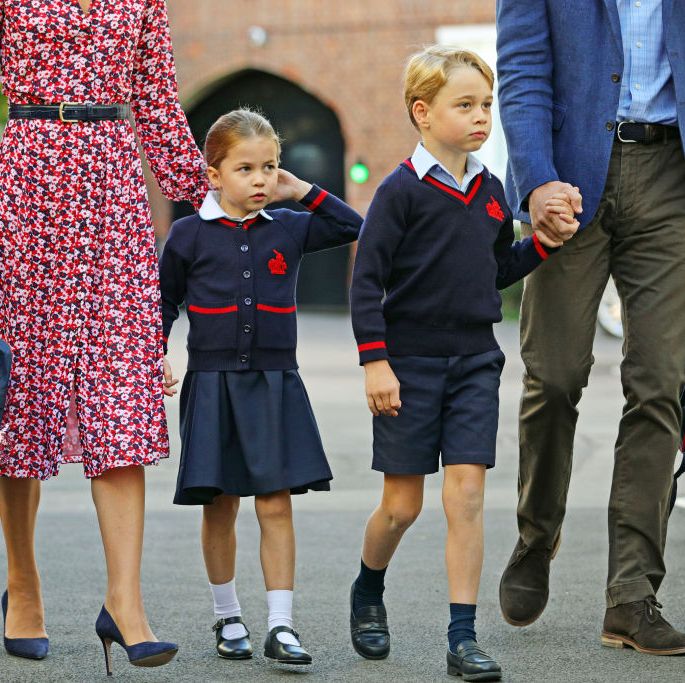
They have to attend school...
While Queen Elizabeth and royal children before her were privately educated by tutors, beginning with Prince Charles all of the royal children have attended schools for their educations. A couple years ago, Princess Charlotte joined her big brother at Thomas's Battersea.
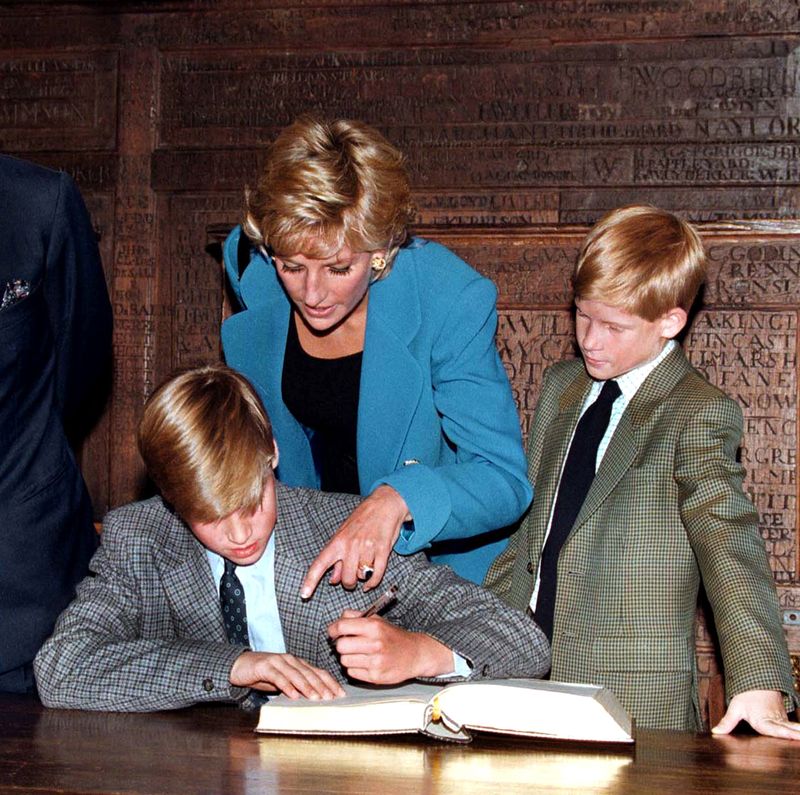
...But where they go isn't set in stone.
Prince Charles broke tradition by sending his sons to Eton College— a different school than his alma mater, Gordonstoun. We have a feeling Prince William will follow his father's lead and send his kids to the school that makes the most sense for them.
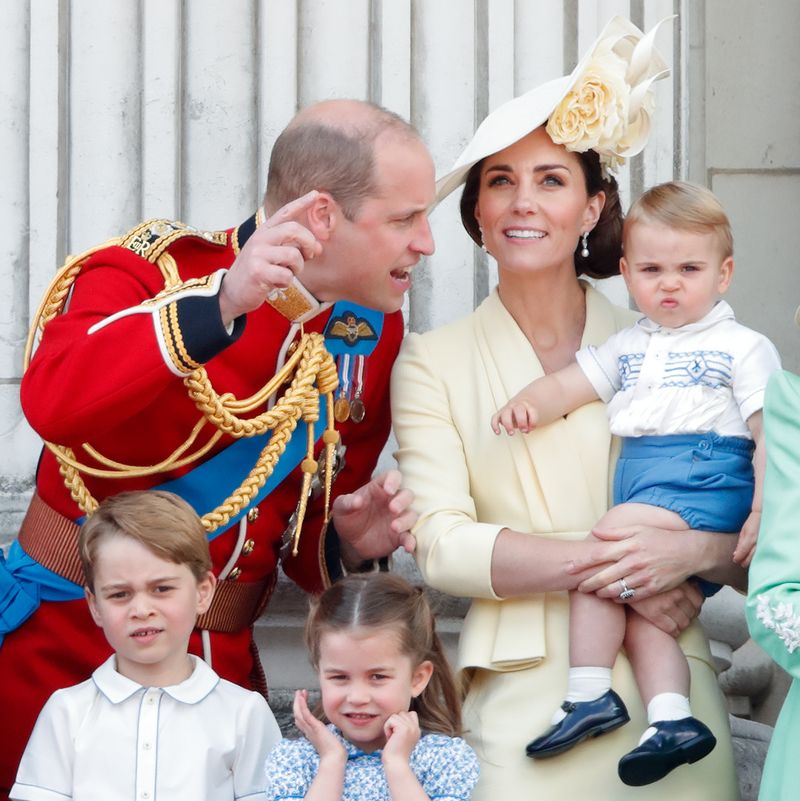
They must remain impartial.
All members of the royal family are expected to be impartial when it comes to politics and cultural affairs (they're not allowed to vote or run for office either!) and it's no different for children. Prince George caused upset in 2019 when he was photographed in an England Lioness jersey with critics saying he was supporting one UK soccer team over another.
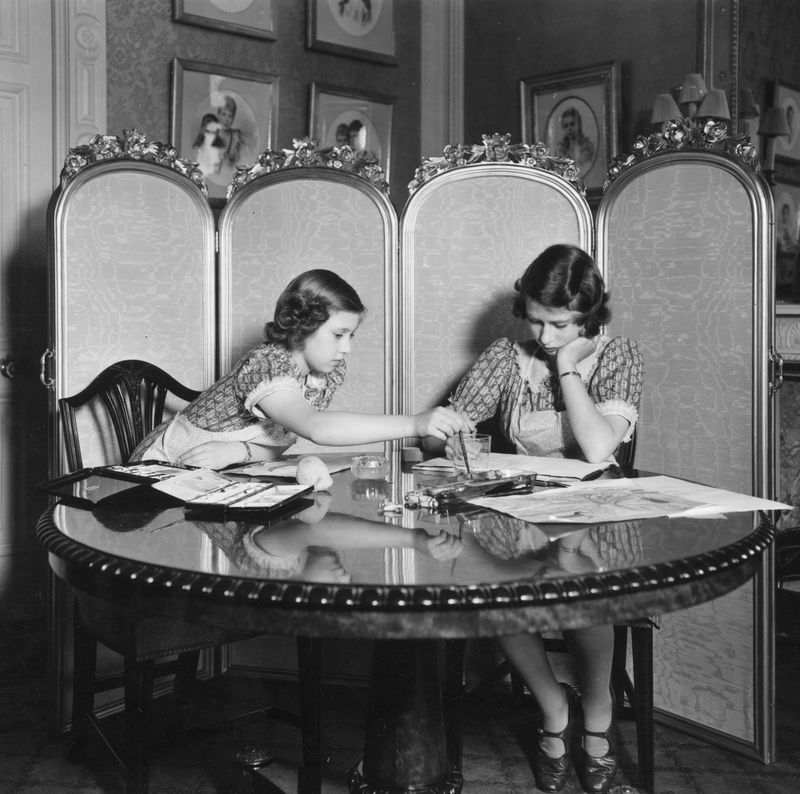
They aren't allowed to play Monopoly.
You'll never catch a glimpse of little Archie playing Monopoly on family game night as the board game has been banned from the Palace on account of the family becoming overly competitive when playing it in the past.
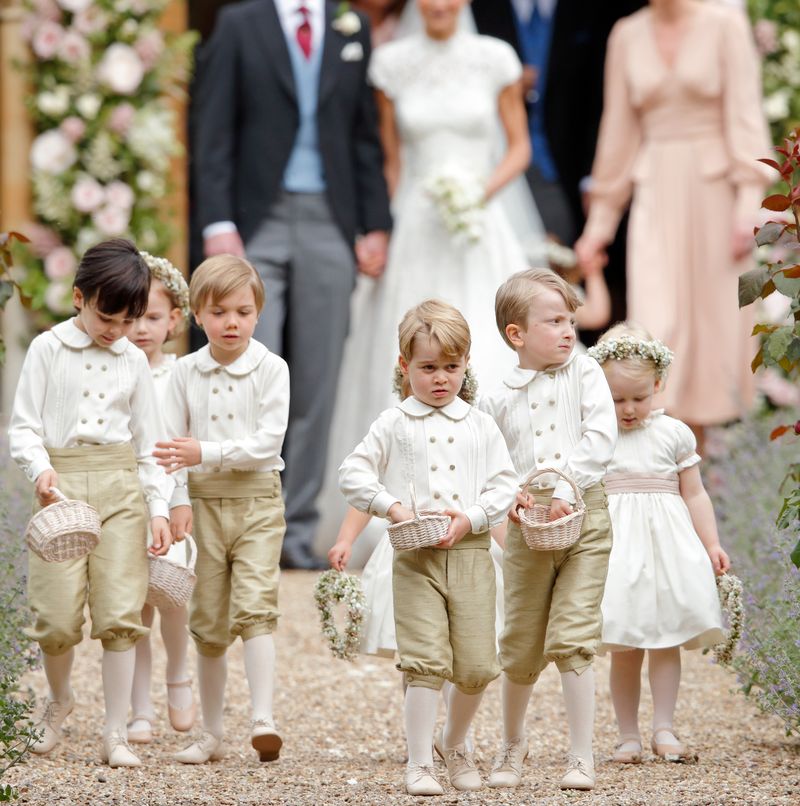
They have to serve in the bridal party at royal weddings.
As the youngest—and arguably, cutest—members of the clan, royal children are generally tasked with performing the duties of page boy or flower girl at royal weddings. Prince George and Princess Charlotte stole the show as members of both Prince Harry and Meghan Markle's wedding, as well as Princess Eugenie and Jack Brooksbank's wedding.
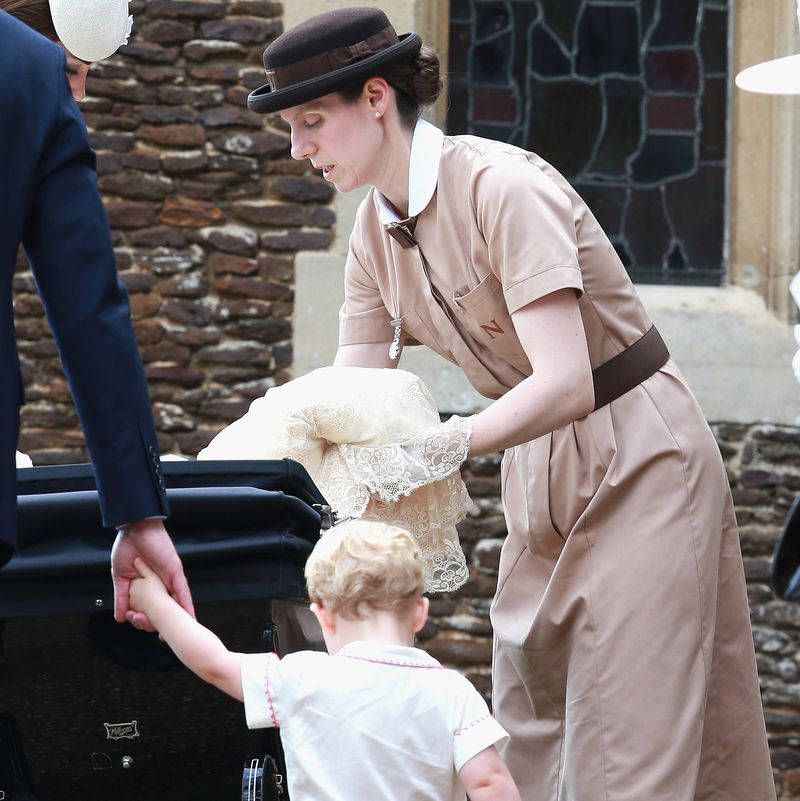
They have to listen to their nanny.
Since royal children grow up with two full-time working parents, a nanny seems necessary. Even though the royals currently raising young children are reportedly more hands-on than past generations, the Crown employs experts like Maria Borrallo for assistance.
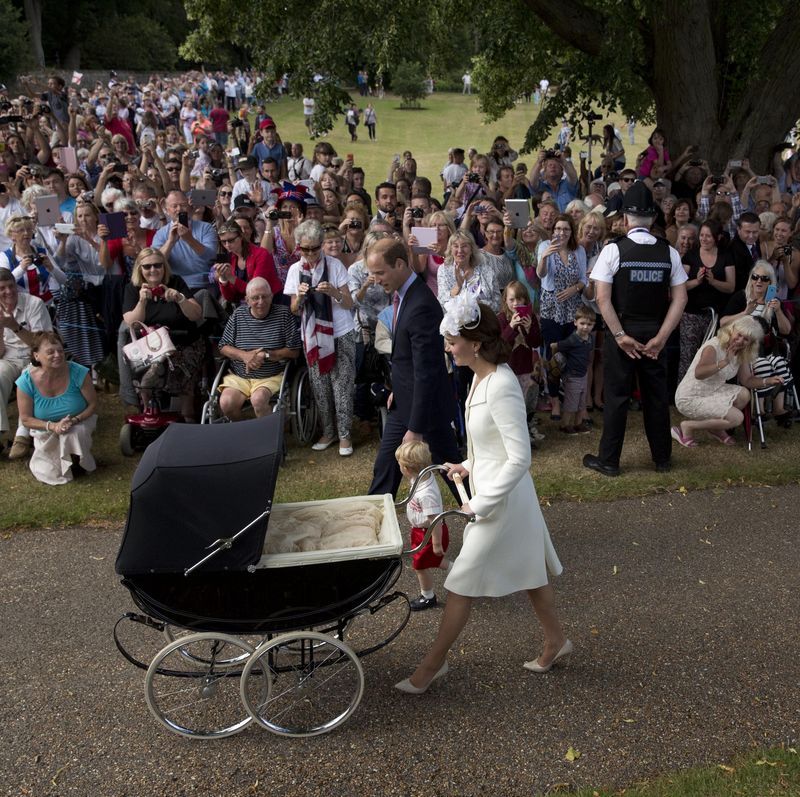
They have to adhere to security measures.
The Palace goes to extreme measures to ensure that the youngest members of the royal family are safe. Not only do they have individual security details, but in 2015 they issued an unprecedented statement reprimanding the press for deceitful tactics.
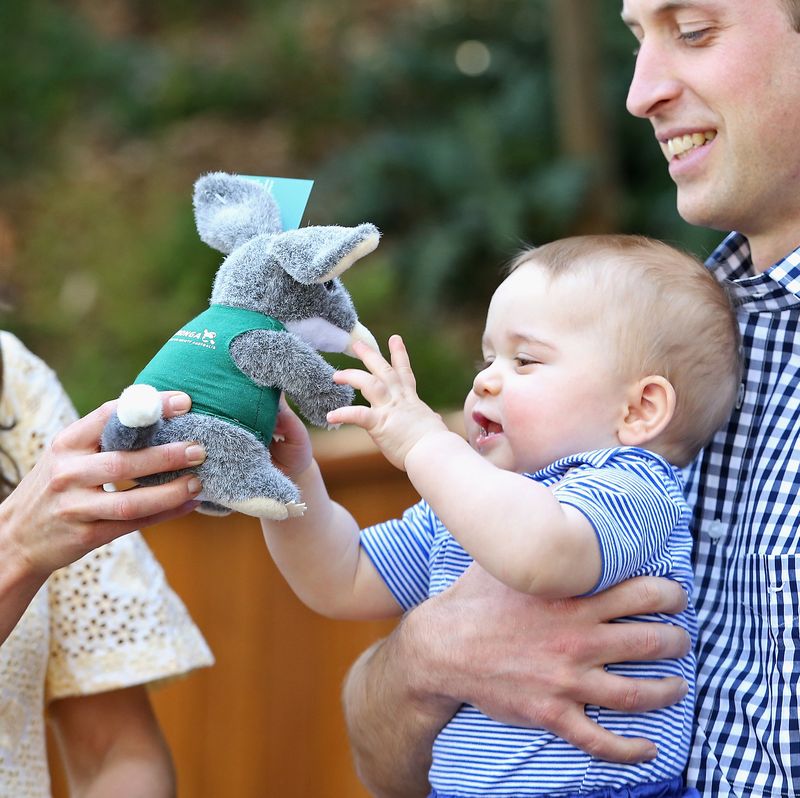
They can accept gifts...
Like all members of the royal family, royal children must always accept a gift given by a well-wisher.
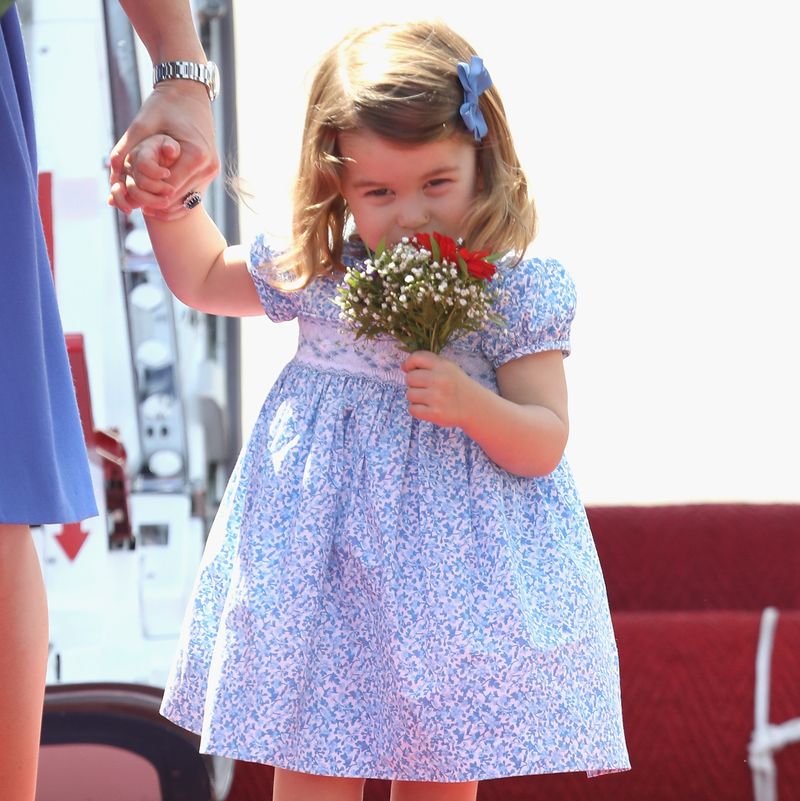
...But they usually can't keep the gifts.
From toys to flower bouquets, royal children are often showered in gifts whenever they attend public events. Though per royal protocol, the Queen gets to decide what they can keep.
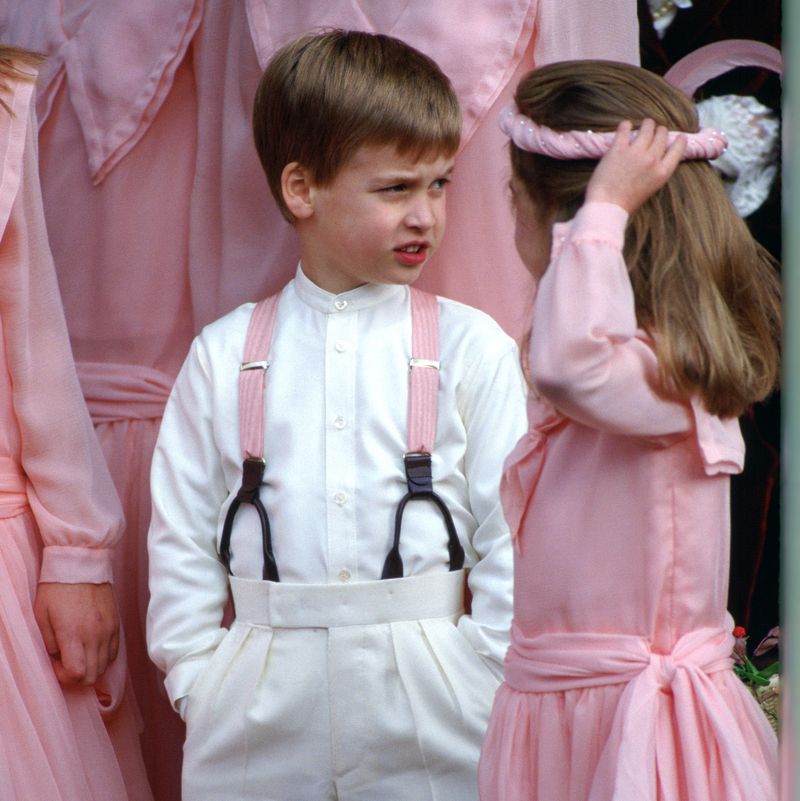
Posture is important.
Women in the royal family are required to follow the Duchess slant when seated at formal events, while it's considered poor etiquette for men to stand with hands in their pockets. Oops, looks like a young William didn't get the memo!
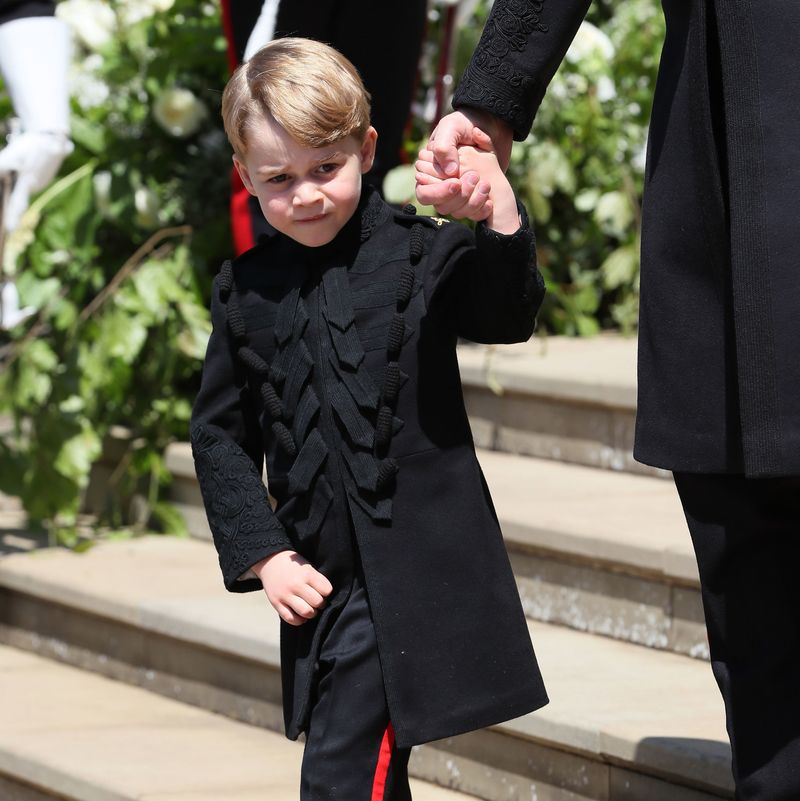
They can't wear black to daytime events...
In the royal family, black is a color that is reserved for mourning, so members of the family, including children, are restricted from wearing it to daytime events. One exception? The military suit Prince George donned as the page boy at his uncle's wedding.
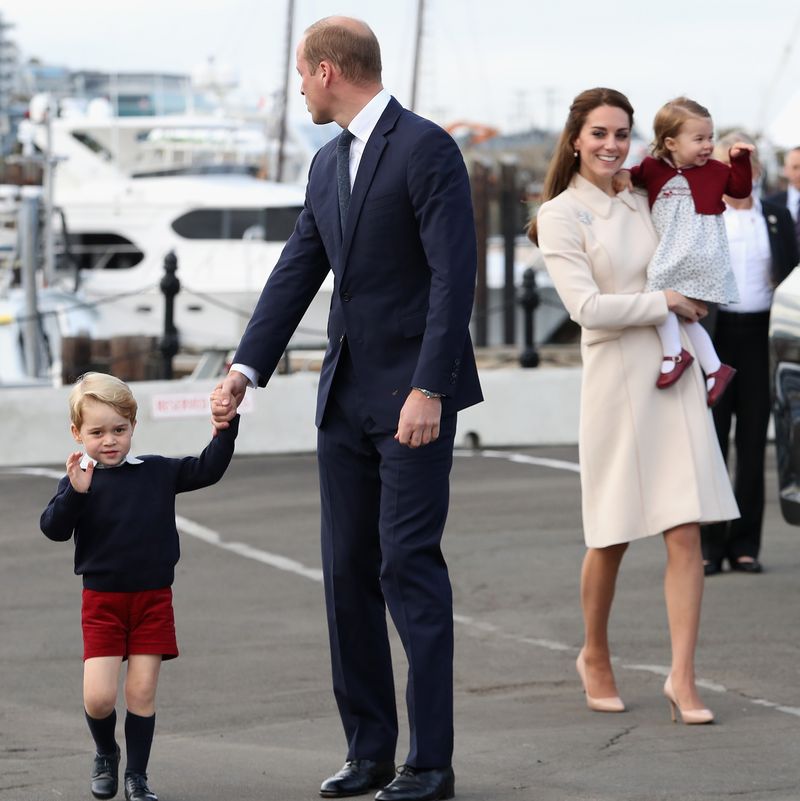
...But they must always have a black outfit on hand.
All members of the family have to travel with a black outfit in case someone unexpectedly dies while they are away. Queen Elizabeth instated this protocol after she was caught without a black dress in Africa when her father passed away.
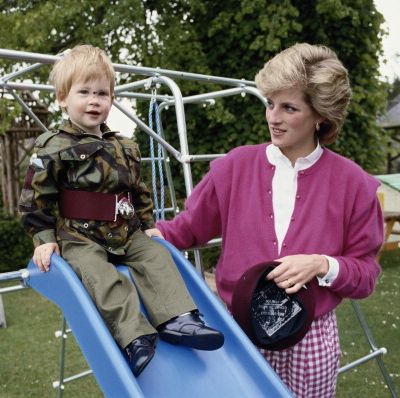
They're expected to serve in the military.
Per tradition, the men in the royal family are expected to rise through the ranks of one of the military branches. Prince Charles chose the Navy, as did his father, while Prince William opted for the Air Force and Prince Harry joined the Army.
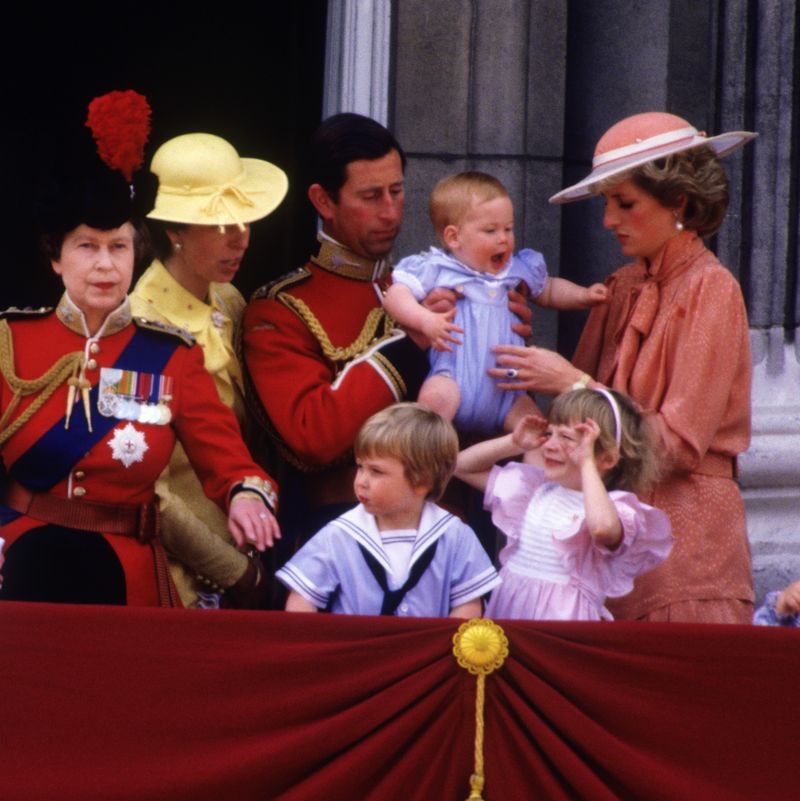
They always have to attend Trooping the Colour.
Children typically make their debut for the Queen's birthday extravaganza after their first birthday.
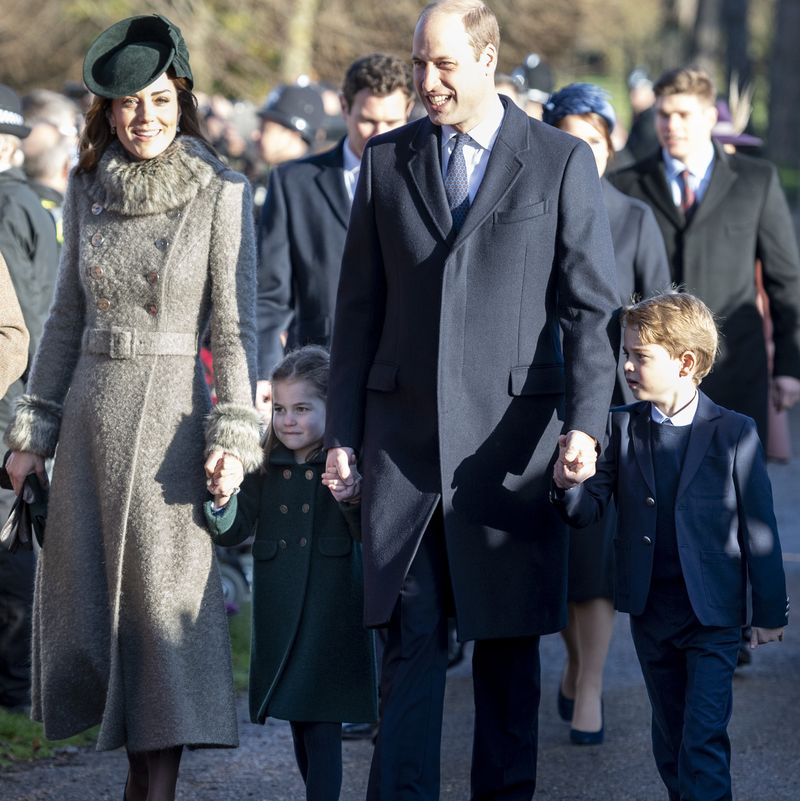
They must be old enough to attend the Christmas service.
Even though royal children are in the public eye since the day they are born, they don't join the rest of the family for the Christmas church service until they're a few years older. Prince George and Princess Charlotte attended for the first time in 2019.
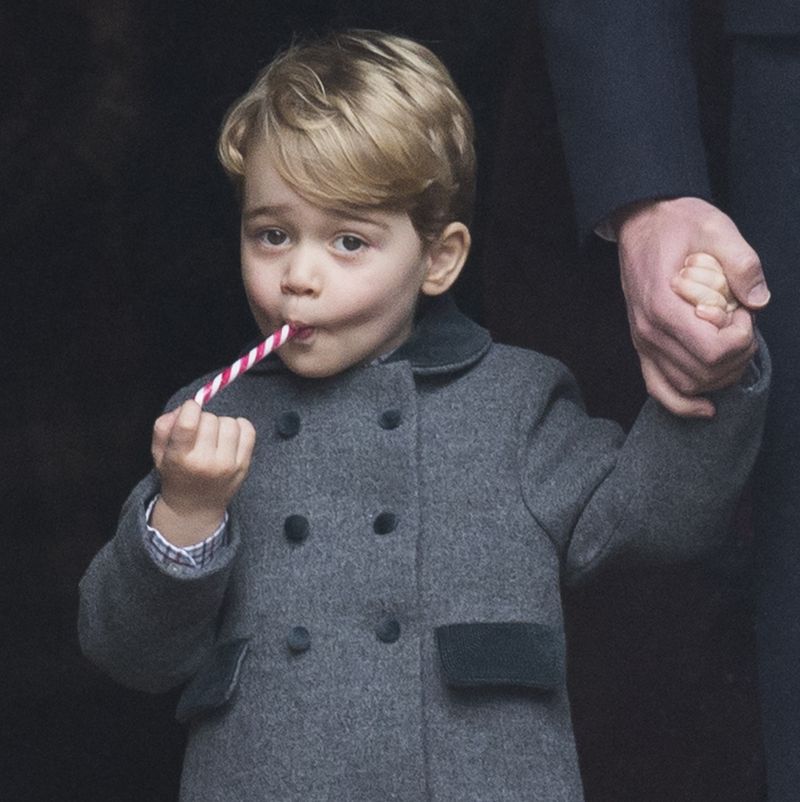
They have their own table at Christmas lunch.
The royal children spend Christmas at Sandringham with the rest of their family, and the junior royals get a table in their own room at the Queen's Christmas lunch.
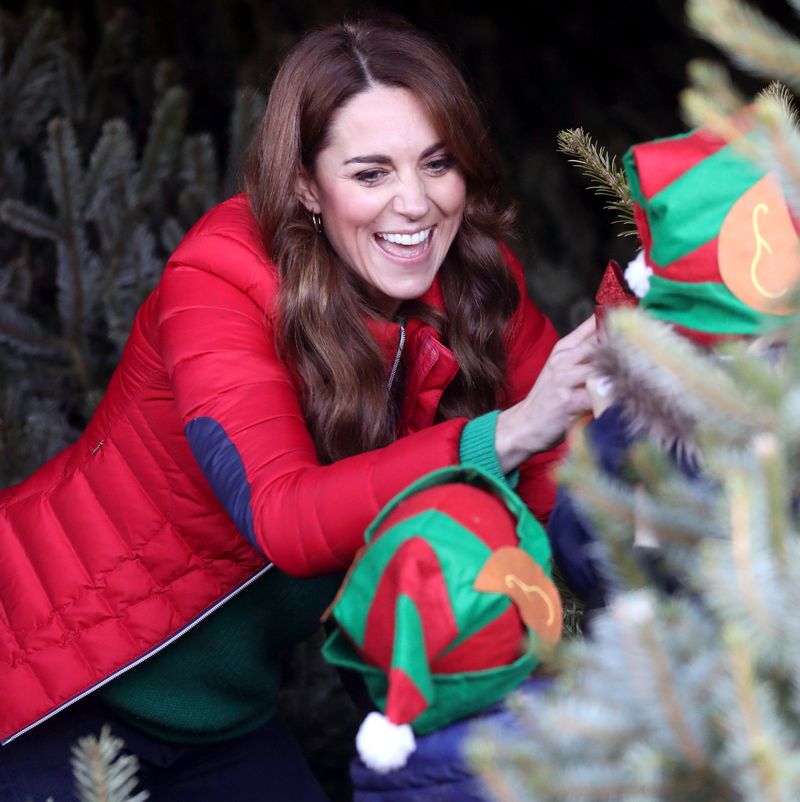
They can't open any presents on Christmas day.
The royal family follows the German custom of opening presents on Christmas Eve, which means no gifts on Christmas day. Instead, the family attends the aforementioned church service at St. Mary Magdalene Chapel on the 25th followed by Christmas lunch.
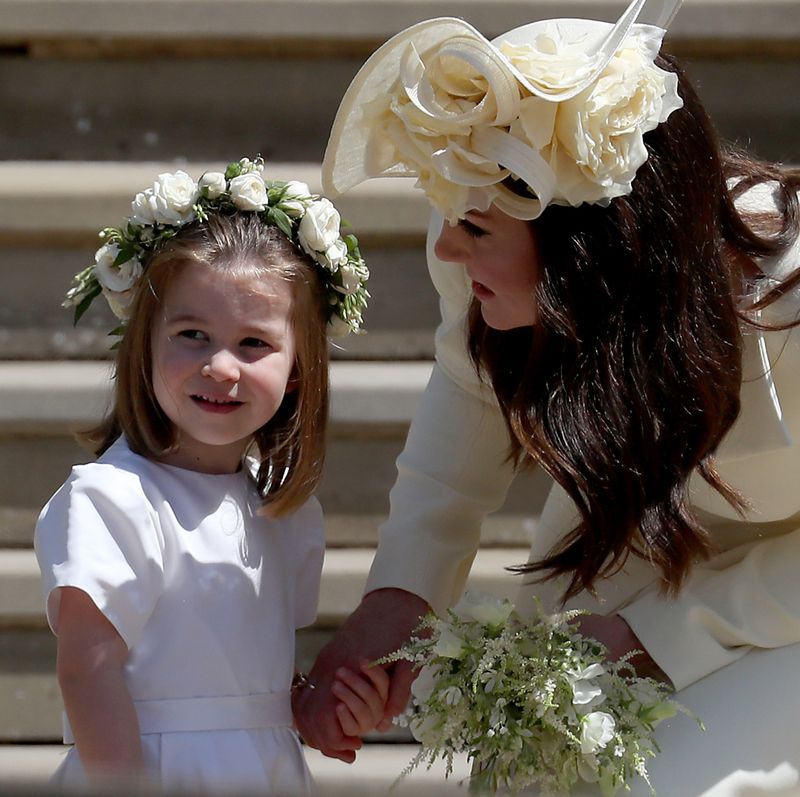
Unmarried women can't wear tiaras.
In our mind, princess equals tiaras, but per royal protocol, tiaras are reserved for married royal women. Poor Charlotte!
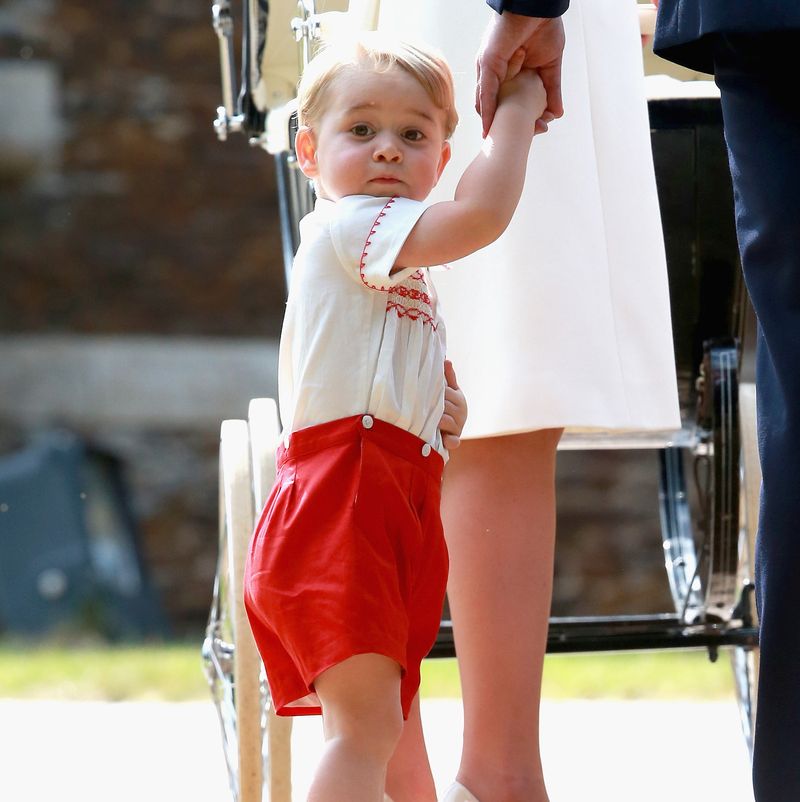
They can't go by nicknames publicly.
Although royals are known to have plenty of private nicknames for one another (Prince Philip refers to the Queen as Cabbage), it's considered improper for a royal to be addressed by anything other than their full name formally, which is why Kate Middleton now goes by Catherine.
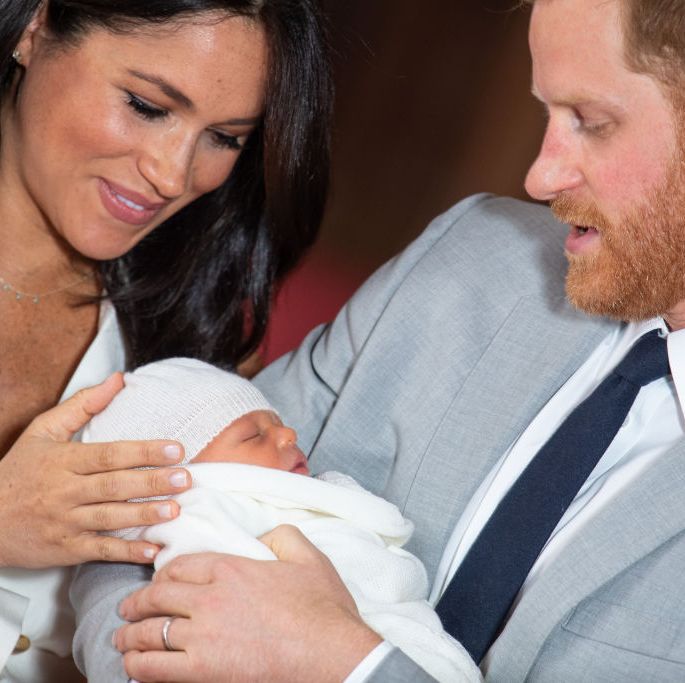
They are given different last names.
Technically royals do not have last names. But in modern times, the royals have begun adopting their titles as their last names. William and Harry took the name "Wales" as children, while Prince George and Princess Charlotte use the surname "Cambridge" at school. But since the Duke and Duchess of Sussex opted for no royal title, the couple chose to give Prince Philip's surname, Mountbatten, to Archie.
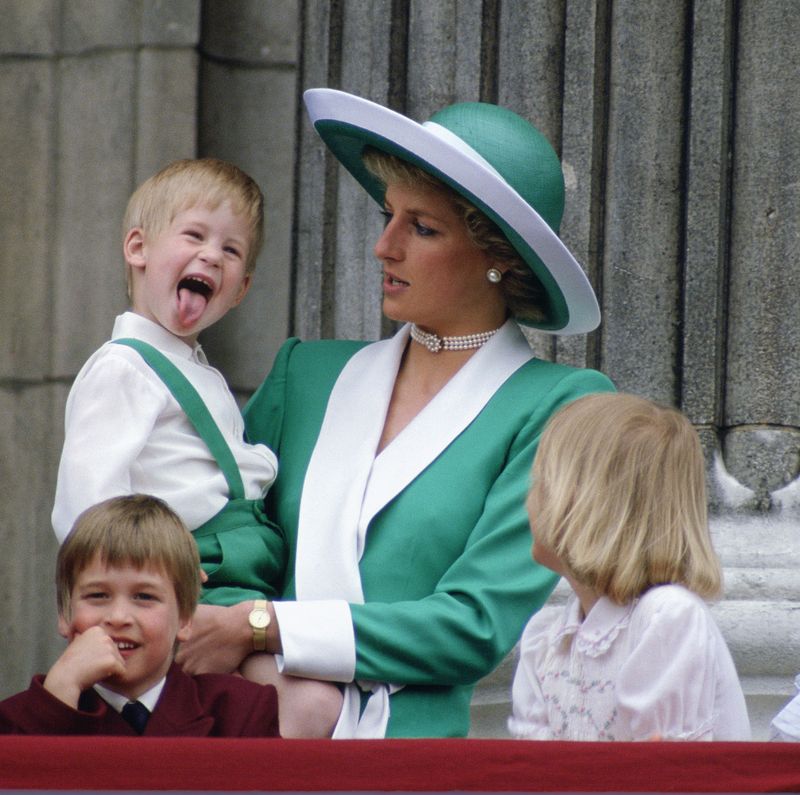
The bottom line: They have to behave in public.
They may rule the throne one day, but royal children are still children, and meltdowns happen. However, they are expected to follow a higher standard of manners than the average child.
Get exclusive access to fashion and beauty trends, hot-off-the-press celebrity news, and more.
